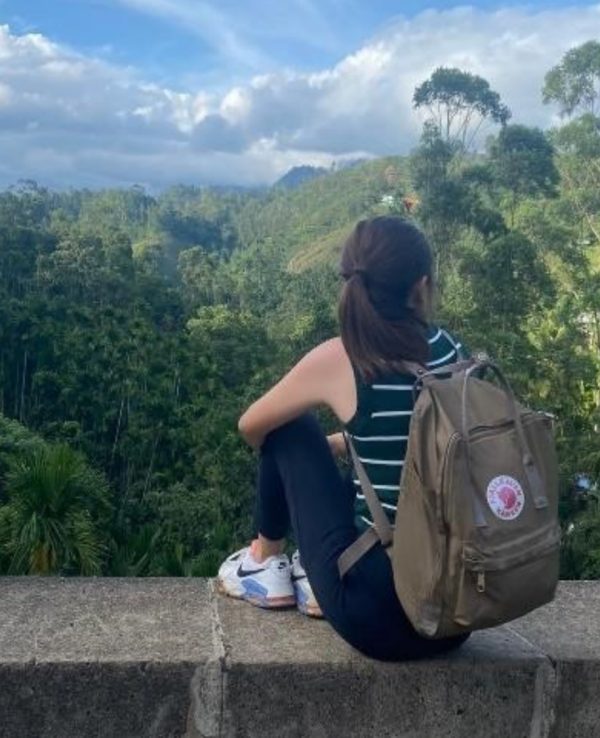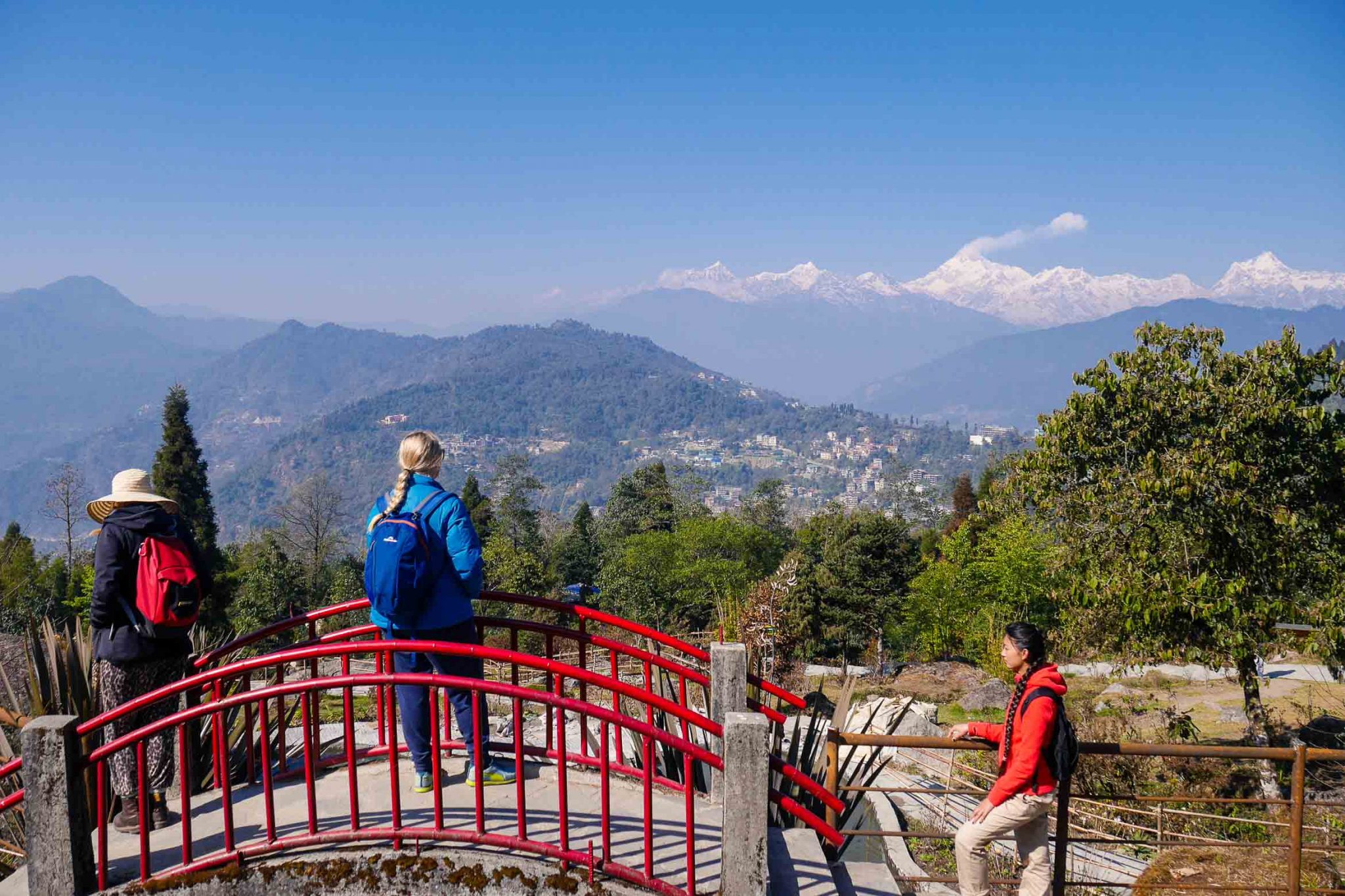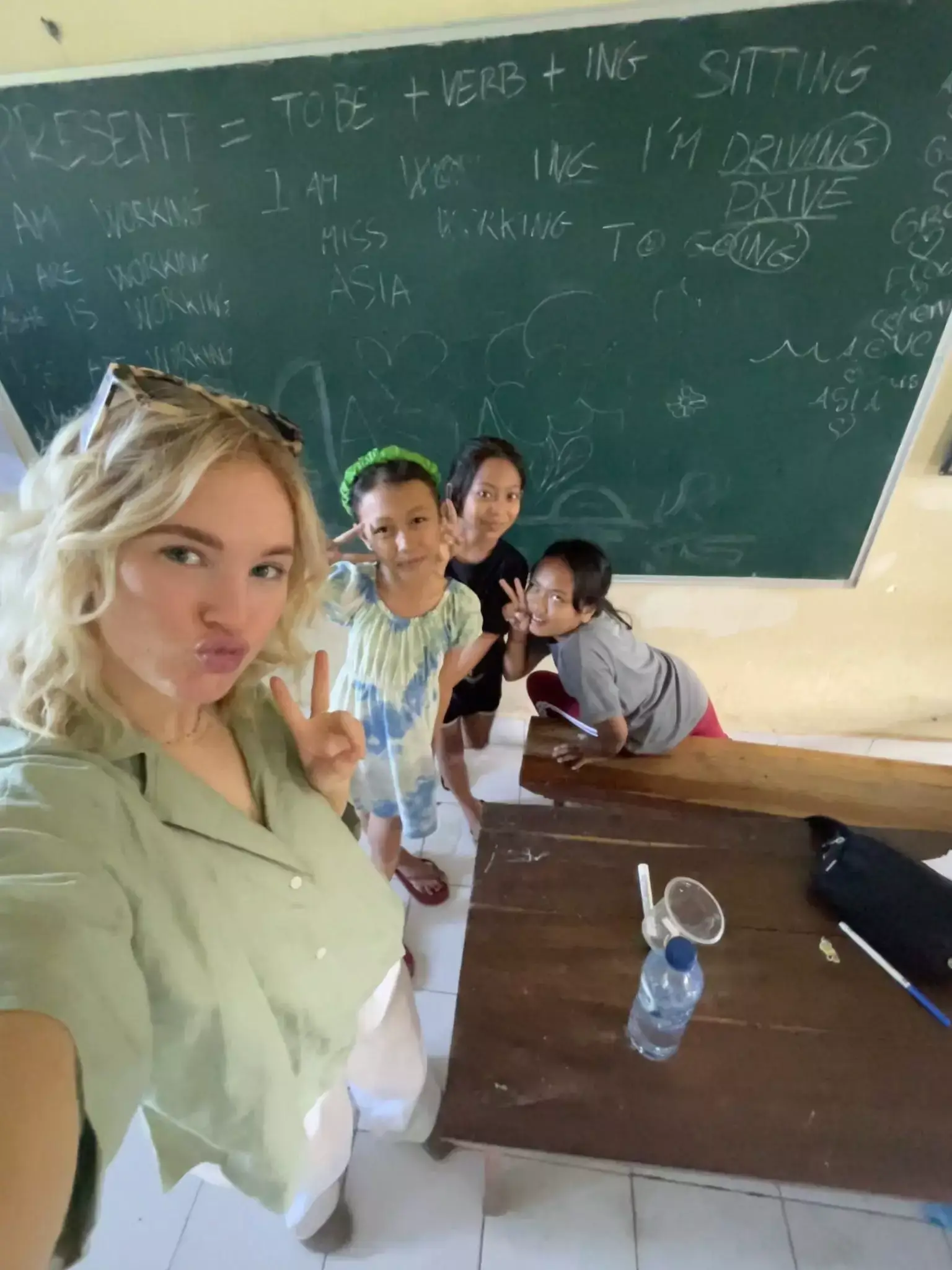
Risk Assessment
The following page outlines the risk management procedures followed by IVI, local program operators and placement staff and how they apply to both new and existing programs on an on-going basis.

Our Policy
We acknowledge that IVI volunteer programs take place in a wide range of regions and communities around the world and that each has its own set of risks associated with the social, political or environmental context of that area. Any type of travel abroad involves a certain degree of risk, especially when travelling to developing countries and we want everyone who volunteers with us to be supported to do so safely.
How we work to mitigate risk on our programs…
Ensuring volunteers know what to expect.
It is vital that volunteers have thr right expectations for our programs, as travelling in a developing country can often be an eye-opening expercince, and which the luxuries of back home are not always present. We try and ensure the accommodation an denvironment is comfortable for volunteers but partcipants must also go with an open mind and expect that travel may not always be easy. Our local teams are always on hand for extra support if needed.
Whilst the safetly of volunteers during their free time is at their own risk,we try to prepare participants as much as possible by providisafety advice in the pre-departire pack,as well an orientation once in-country.
Identifying risks
Our local program operators perform risk assessmnets to define the events or incidents that could occur in each placement and result in risk for IVI volunteers or our operations. These events or incidents may or may not be within the control of IVI or our local program operators and our aim is to consider the full scope of risks, so that avoidance and mitigation plans can be created. As we’ve grown, we’ve become familiar with the risks associated with operating in a wide range of developing countries and we’re constantly learning how to identify and manage them most effectively.
Risk Level
Not all risks are equal and each needs to be assessed based on the potential impact it could have on volunteers and on local operations. Once risks have been identified, we assess them based on clear criteria and then prioritise the development of mitigating action plans. These are regularly reviewed and updated.
Reducing possible risks
Our aim is to reduce risk wherever possible. All identified risks are mapped in terms of their potential severity and then each has an associated plan that defines how it will be mitigated and reduced. Whilst not all risk can be completely eliminated, our local team endeavour to reduce the potential risks as much as possible, and to have a plan in place for specific circumstances.
Safe volunteer houses and homestays
Every one of our homestay placements and volunteer houses are thoroughly vetted, to ensure a comfortable and safe environment for our volunteers.
Our local program operators are required to certify that all accommodation provided on their program adheres to our standards for volunteer safety, and fire and evacuation procedures are in place.
Emergencies
A wide range of emergencies can occur and we support our local program operators to develop detailed emergency response plans for many of them. These include but are not limited to the following situations; fire, natural disasters, acts of terrorism, and civil unrest. In each case, our plans include 24-hour contacts, evacuation procedures, agreed communications plans for volunteers and their families, and processes for engaging with embassies, if necessary.
Injuring and Illness
Whilst it is the volunteer’s responsibility to take care of their health and wellbeing, our local team are always on hand in case of anyone falling ill or getting injured. We try to ensure that each local coordinator is trained in first aid, and first aid equipment is readily available at the accommodation. The team can also transfer volunteers to nearby medical facilities if this is required. IVI also require volunteers to take out travel insurance before their trip, and to ensure that they are able pay for any medical bills.
Theft and Physical Harm
The communities where IVI volunteers are placed are generally safe, but travel anywhere has its risk and incidents of physical harm and theft can occur. The risk mitigation plans put in place by our local program operators in each country reduce the chances of these incidents occurring and program operators are all briefed and supported to take the appropriate actions with police or emergency services should a volunteer become the victim of theft or physical harm. Mitigation and response plans in this area extend to sexual assault.
Commitment of the Volunteer
Volunteers have a responsibility to comply with all IVI policies, and Terms and Conditions of Service. Their role in managing risk is outlined in these documents and we expect them to honour the commitments they make by choosing to volunteer with us. The safety of other volunteers is often affected by the actions of individuals, so we take any breach of these commitments seriously.
Volunteers have a personal responsibility to keep themselves safe and avoid unnecessary risks and they always have the right to decline to participate in an activity if they feel unsafe.

Risk & Hazard Assessment Guidelines
- Area: Identify the areas where hazards may occur.
- Hazard: Identify specific hazards associated with each area identified.
- Risk: Identify those people who may be affected by the hazard.
- Severity before/after: Identify the highest level of severity that the injury/ harm/ or damage may occur.
- Probability before/after: Determine the probability that the injury/ harm/ or damage may occur.
- Control Methods: Determine the steps to be taken to reduce the severity and probability that they may occur.

 Involvement Volunteers International
Involvement Volunteers International